-
Home
-
General info
-
Mini projects
-
Programme
-
Participants
-
Accommodation
-
Registration
-
************************************
-
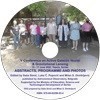
-
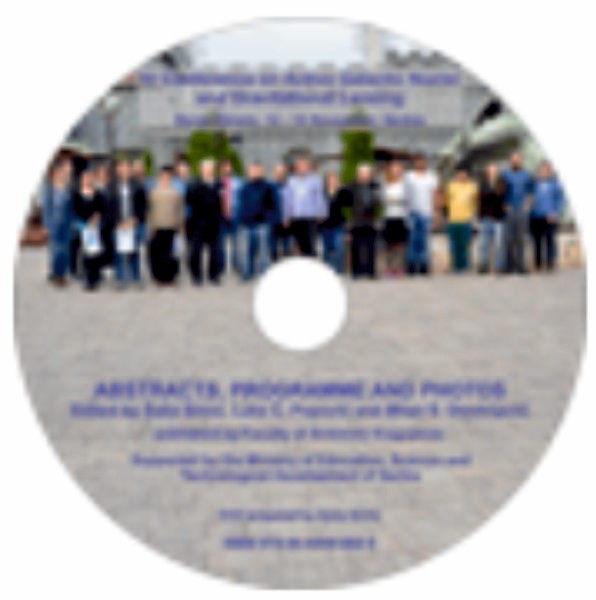
-
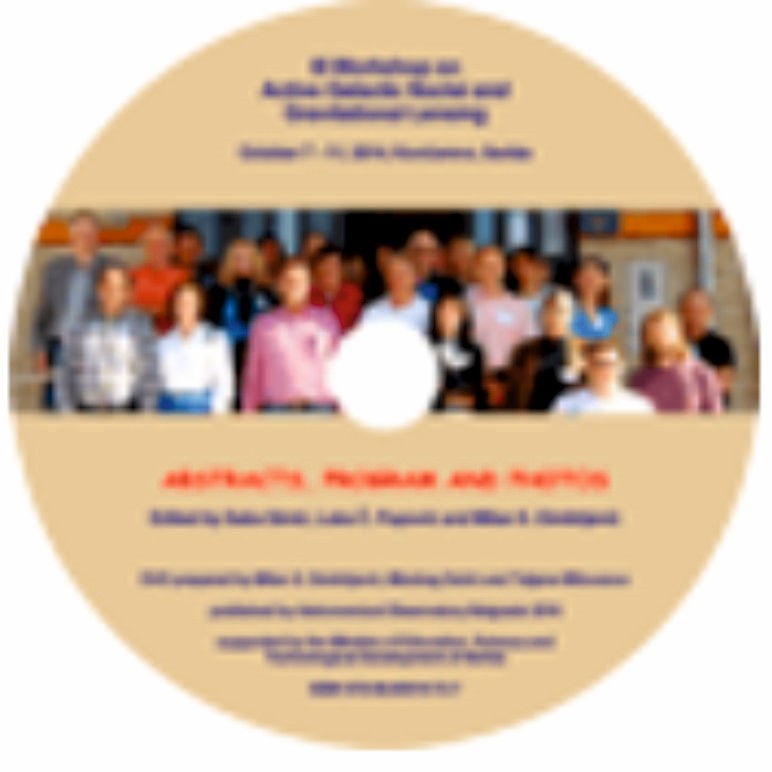
-
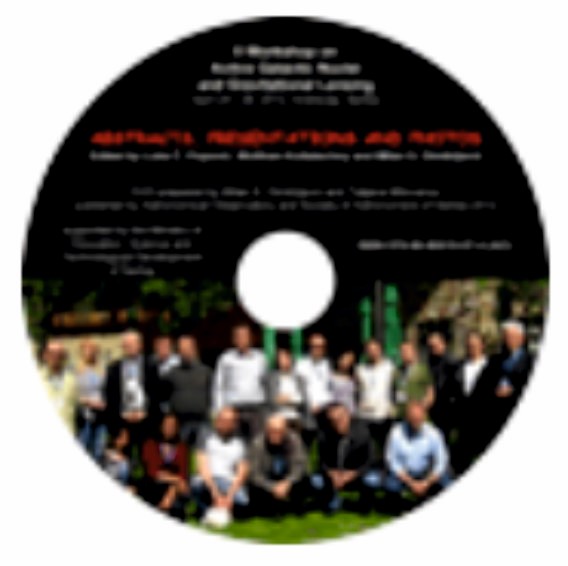
-
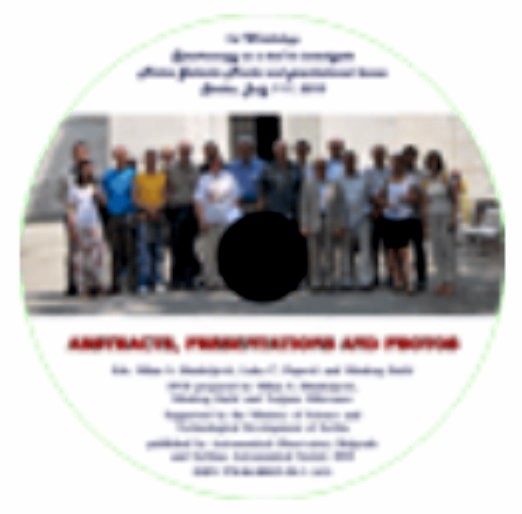
Investigation of the nature of the emitting ionized gas in active galactic nuclei (AGN) is one of important subjects in astrophysics today. Firstly, investigating the processes in the central region of these objects, we can learn about the innermost regions of other 'normal' galaxies. Secondly, AGN are the most powerful sources, located at different cosmological time- scales, and their research is cosmologically important. Finally, a part of emission from these objects (e.g. in the X-rays) has its origin very close to a supermassive black hole, and investigation of this emission can help us understand the physical processes in a strong gravitational field.

Analysis of the AGN spectra, the shapes of the broad and narrow emission lines and their relative intensities, give us an insight in complex structure, kinematics and physics of the AGN emission regions, as well as in numerous atomic processes in the line emission gas. Collisional processes could be significant in some parts of the AGN broad line emission region where many atoms are in excited states, because of the high electron density and large optical depth. Moreover, it is demonstrated that the increasing of turbulence cause the grow of the number of continuum photons that can be absorbed, which increases the population of excited particles, as well as the importance of collisional processes since such particles may undergo a collisional transition.

On the other hand, a number of AGN are affected by gravitational lensing effect. Gravitational lensing is in general achromatic: the deflection angle of a light ray does not depend on its wavelength. However, the wavelength-dependent geometry of the various emission regions may result in a chromatic effect. Studies aimed at determining the influence of microlensing on spectra of lensed quasars (hereafter QSOs) ought to account for the complex structure of the QSO central emitting region. Since the sizes of the QSO emitting regions are wavelength-dependent, microlensing by stars in a lens galaxy will lead to a wavelength-dependent magnification
Jelena Kovačević Dojčinović (Astronomical Observatory, Belgrade, Serbia)- Co-chair
Vladimir A. Srećković (Institute of Physics Belgrade, University of Belgrade, Serbia)- Co-chair
Luka Č. Popović (Astronomical Observatory Belgrade, Serbia)
Milan S. Dimitrijević (Astronomical Observatory, Belgrade, Serbia)
Edi Bon (Astronomical Observatory, Belgrade, Serbia)
Nataša Bon (Astronomical Observatory, Belgrade, Serbia)
Dragana Ilić (Faculty of Mathematics, University of Belgrade, Serbia)
Saša Simić (Faculty of Sciences, Department of Physics, University of Kragujevac)
Wolfram Kollatschny (Institute for Astrophysics, University of Goettingen, Germany)
Andjelka Kovačević (Faculty of Mathematics, University of Belgrade, Serbia)
Evangelia Lyratzi (University of Athens, Greece)
Paola Marziani, (INAF - Osservatorio Astronomico di Padova, Padova, Italia)
Evencio Mediavilla (Instituto de Astrofísica de Canarias, Spain)
Elena Shablovinskya (Special Astrophysical Observatory, Russia)
Marko Stalevski (Astronomical Observatory, Belgrade, Serbia)
Jian-Min Wang, (Key Laboratory for Particle Astrophysics, Institute of High Energy Physics,China)
Alexander Zakharov (Institute for Theoretical and Experimental Physics, Moscow, Russia)
Jelena Kovačević Dojčinović (Astronomical Observatory, Belgrade, Serbia)- Chair
Aleksandra Kolarski (Institute of Physics Belgrade, University of Belgrade, Serbia)- Secretary
Filip Arnaut (Institute of Physics Belgrade, University of Belgrade, Serbia)- Member
Saša Simić (Faculty of Sciences, Department of Physics, University of Kragujevac)- Member